What’s Up?
Anita North, BPN friend and early IPT arrival Kevin Hice, and I had a great day on Saturday photographing eagles from the work boat. We had very low light early (ISO 6400 at f/2.8!) and then bright sun in the morning, and slightly overcast conditions in the afternoon.
Today is Sunday 20 February, the first day of the first Homer/Kachemak Bay/Bald Eagle IPT. Everyone is excited. The forecast for today is for early snow showers followed by a cloudy morning and a partly cloudy afternoon.The forecast for the following two days is not good: light rain and more light rain. We are hoping that it gets colder and that the rain turns to snow. Wherever you are, and whatever you are doing, I hope that you too have a great day. This blog post took about two hours to prepare (including the time spent on the four image optimizations), and makes 98 days in a row with a new one.
Please Remember
Please remember to use the B&H and Amazon links on this page and to use the BIRDSASART discount code at checkout when purchasing your new gear from Bedfords. And please consider joining one of the Stick Marsh IPTs below.
|
|
|
This image was created on 24 March 2021 at Stick Marsh in Fellsmere, FL. I used the hand held Sony FE 200-600mm f/5.6-6.3 G OSS lens (at 264mm), and The One, the Sony Alpha 1 Mirrorless digital camera. ) ISO 800. Exposure determined via Zebras with ISO on the rear dial: 1/3200 sec. at f/6.3 (wide open) in Manual mode. AWB at 8:39:24am on a sunny morning. Click on the image to enjoy a high-res version. Image #1: Roseate Spoonbill landing
|
The Overhead Canopy Wing Position
For more than a decade I have called this flight pose the Orchestra Conductor. But I am thinking that I like the Overhead Canopy wing position better. What do you think?
|
|
|
This image was created on 24 March 2021 at Stick Marsh in Fellsmere, FL. I used the hand held Sony FE 200-600mm f/5.6-6.3 G OSS lens (at 350mm), and The One, the Sony Alpha 1 Mirrorless digital camera. ) ISO 800. Exposure determined via Zebras with ISO on the rear dial: 1/3200 sec. at f/6.3 (wide open) in Manual mode. AWB at 8:39:49am on a sunny morning. Click on the image to enjoy a high-res version. Image #2: Roseate Spoonbill landing
|
Thirty Frames per Second
On both US coasts, this wing position/flight pose is often captured with incoming Brown Pelicans. With the advent of 30 fps mirrorless camera bodies, it has become much more common. And after spending dozens of hours at Stick Marsh last year, I wound up with dozens of similar images of incoming Roseate Spoonbills. No two are identical but many are similar.
|
|
|
This image was created on 24 March 2021 at Stick Marsh in Fellsmere, FL. I used the hand held Sony FE 200-600mm f/5.6-6.3 G OSS lens (at 309mm), and The One, the Sony Alpha 1 Mirrorless digital camera. ) ISO 800. Exposure determined via Zebras with ISO on the rear dial: 1/3200 sec. at f/6.3 (wide open) in Manual mode. AWB at 8:53:06am on a sunny morning. Click on the image to enjoy a high-res version. Image #3: Roseate Spoonbill landing
|
Your Favorite?
Which of today’s four featured images is your favorite. Please leave a comment and let us know why you made your choice.
|
|
|
This image was created on 14 April 2021 at Stick Marsh in Fellsmere, FL. I used the hand held Sony FE 200-600mm f/5.6-6.3 G OSS lens (at 273mm), and The One, the Sony Alpha 1 Mirrorless digital camera. ) ISO 800. Exposure determined via Zebras with ISO on the rear dial: 1/3200 sec. at f/6.3 (wide open) in Manual mode. AWB at 8:12:26am on a sunny morning. Click on the image to enjoy a high-res version. Image #4: Roseate Spoonbill landing
|
Vertical Overhead Canopy Wing Position Images
Ninety-nine times out of one hundred, images like #4 are created from horizontal images. And that indeed was the image just above. It is possible on rare occasion to create vertical originals, but with the incredible 51MP image files of the Sony a1, cropping to a vertical is much easier than holding the camera on end and trying to create vertical originals. The latter approach is very difficult. The biggest problem, however, when shooting incoming spoonbills in vertical format, is that you will almost always clip the wings when the bird is braking to land …
Via e-mail from Morris Herstein
I never thought that I could make in-flight photos of birds successfully. That goal was accomplished during the recent workshop at Stick Marsh only because I listened to your advice and instructions. For the first time I realized how important sun angle was, teachings that you had been communicated for a long time. The result of two days shooting produced the most satisfying images of Roseate Spoonbills I ever could have imagined.
Stay well and safe. Thank you. Morris
Via e-mail from Joe Usewicz
Wow. So many photos to go through. Stick Marsh was a great learning experience. Positioning. Wind impact. Landing zones. Working on backgrounds. I clipped too many incredible reflections. Great fun. Just amazing opportunities.
Warmest Regards, Joe
|
|
|
Click on the composite image to enjoy the incredible quality of the hi-res JPEG. Clockwise from upper left back around to the center: spoonbill with mangrove background; spoonbill head and shoulders portrait; spoonbill braking to land; spoonbill dramatic landing pose; adult Black-crowned Night-Heron; spoonbill with nesting material; Great Egret returning to nest; incoming spoonbill; and Limpkin landing. |
Stick Marsh IPT: #1: WED 9 March thru the morning of SUN 13 March 2022: $2,299.00. (Limit 6 photographers/Openings: 5)
Stick Marsh IPT #2: MON 14 March thru the morning of FRI 18 March 2022: $2299.00 (Limit 6 photographers)
Do both IPTs back to back and enjoy a $200 discount: protect your travel and time investments against bad weather by signing up for both IPTs for $4398.00.
Stick Marsh, where the living is easy. Photograph incoming Roseate Spoonbills in flight at point blank range with intermediate telephoto zoom lenses. This year I will be trying the new Sony 70-200mm f/2.8 lens, often with the 1.4X TC. Longer lenses either on a tripod or hand held are best for the green background stuff. There will be endless flight photography opportunities with a variety of species; in addition to the spoonbills, we should have some excellent chances on Limpkin, Great Egret, Cattle Egret, Great Blue Heron, Little Blue Heron, Double-created Cormorant, Anhinga, Black and Turkey Vultures, and more. Folks with 500 and 600mm f/4 lenses will have lots of opportunities to hone their skills whether they are working on a tripod or hand holding.
There will be five morning photo sessions averaging four hours. We start in the pre-dawn. The first four morning sessions will be followed by a working brunch. The cost of brunch is included. There will be two after-brunch photo sessions on sunny days (averaging about an hour) to try for bathing spoonbills, usually centered around 1:30pm. There will be one after-brunch photo critique session (probably on DAY 3). And there will be one Image Processing session after brunch.
We will be based in or near Vero Beach. There are AirBnB possibilities for folks who register early. The deposit is $599.00. Call Jim at the office any weekday at 863-692-0906 to pay by credit card. Balances must be paid by check.
What You Will Learn on a Stick Marsh IPT
- 1- You will learn the basics and fine points of digital exposure. Nikon and Canon folks will learn to get the right exposure every time after making a single test exposure, and SONY folks will learn to use Zebras so that they can be sure of making excellent exposures before pressing the shutter button..
- 2- You will learn to work in Manual exposure mode even if you are scared of it.
- 3- You will surely learn to evaluate wind and sky conditions and understand how they affect bird photography.
- 4- You will learn the pro secrets that will help you to become a better flight photographer.
- 5- You will learn to zoom out in advance (because the birds are so close!) 🙂
- 6- You will learn how to approach free and wild birds without disturbing them.
- 7- You will learn to spot the good and the great situations.
- 8- You will learn to understand and predict bird behavior.
- 9- You will learn to design pleasing images by mastering your camera’s AF system.
- 10- You will learn to choose the best perspective.
- 11- You will learn to see and control your backgrounds.
- 12- You will learn to see and understand the light.
- 12- You will learn to see and create pleasing blurs in pre-dawn situations.
- 12- You will learn to be ready for the most likely event at all times.
And the best news is that you will be able to take everything you learn home with you so that you will be a better photographer wherever you are and whenever you photograph.
Typos
With all blog posts, feel free to e-mail or to leave a comment regarding any typos or errors.

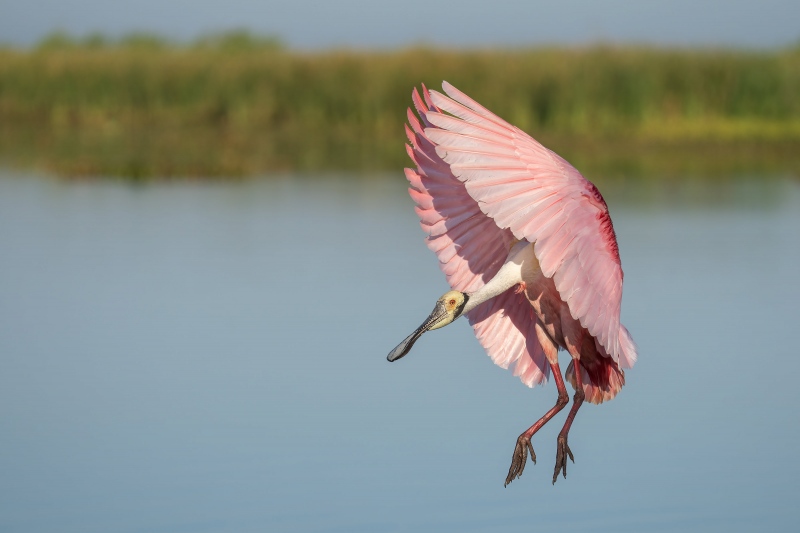
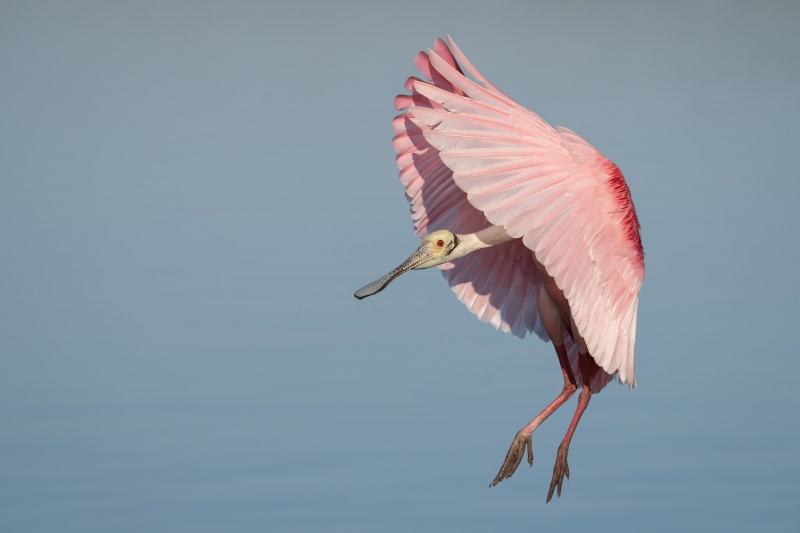
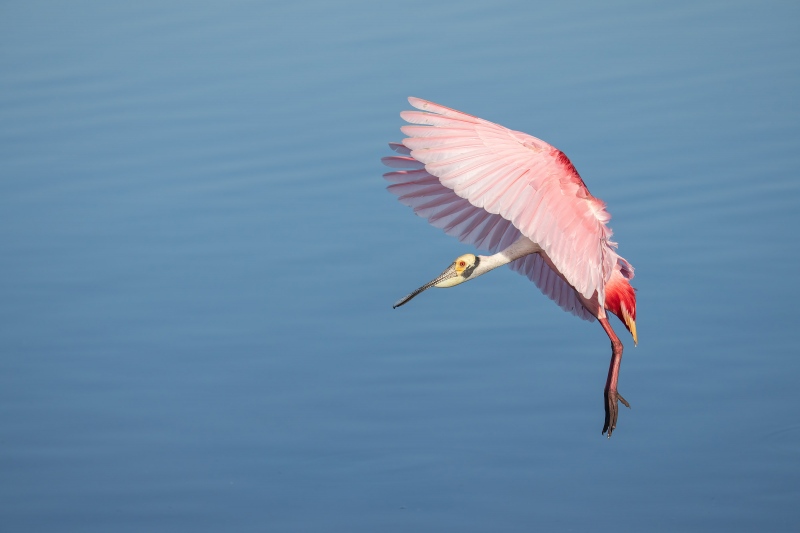
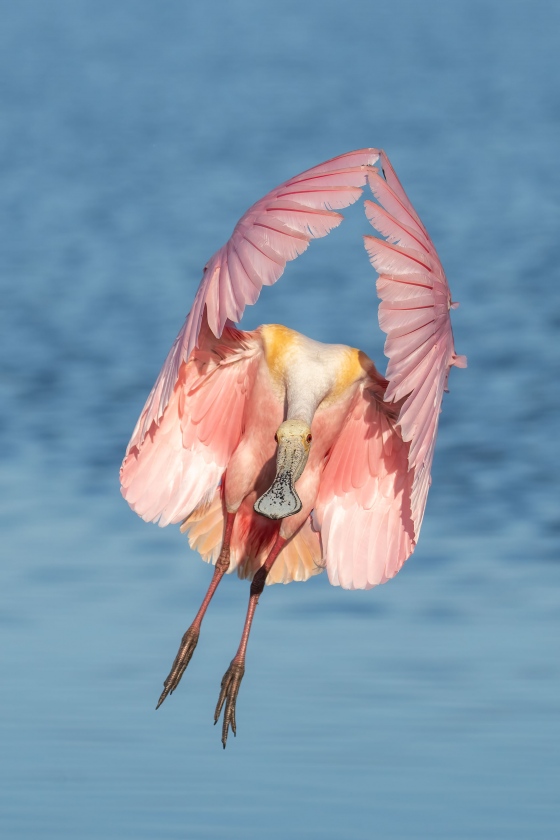
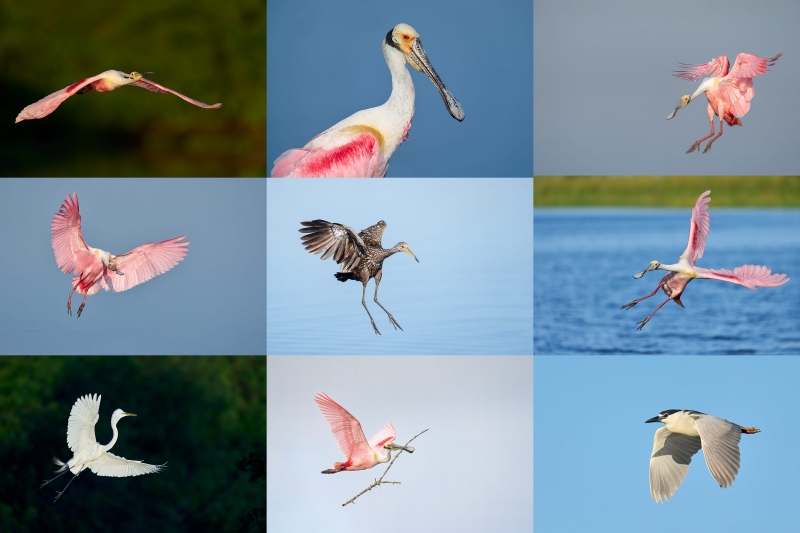













My favorite is the incoming vertical. I like “Overhead Canopy” for these when the wings are above the head like the ones here, and “Orchestra Conductor” when the wings are below the head (like a duck flapping its wings).
Tanks, Dan!
with love, artie